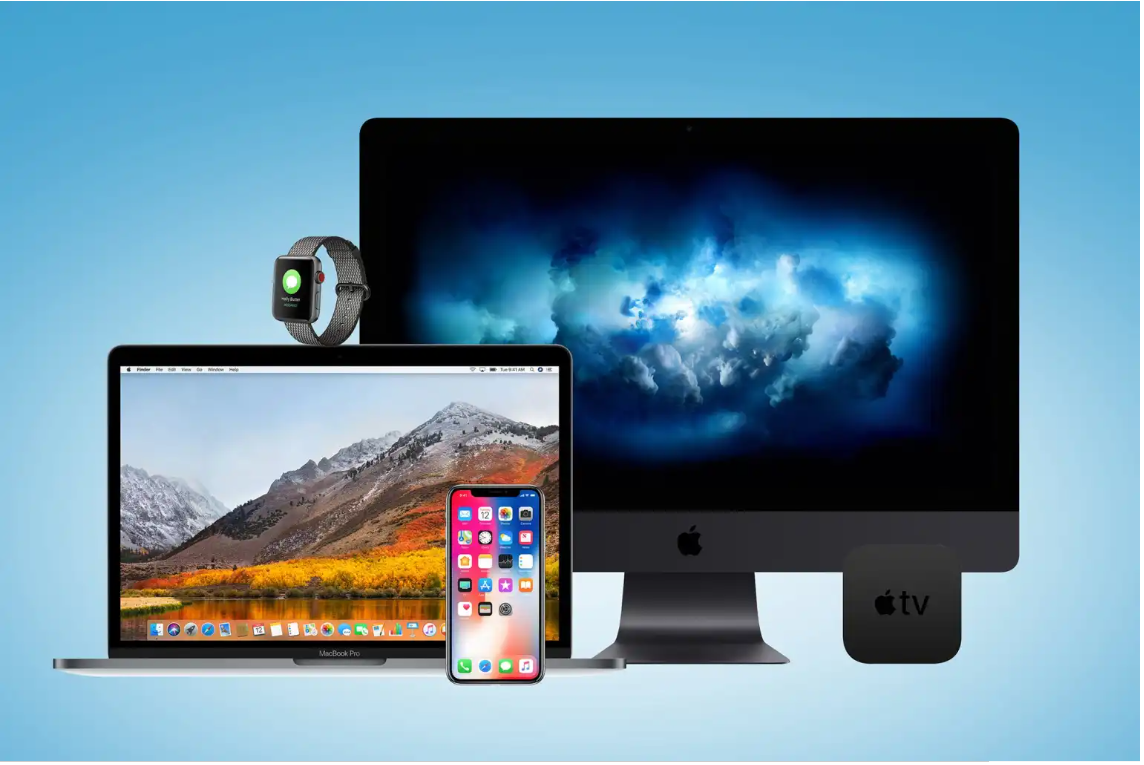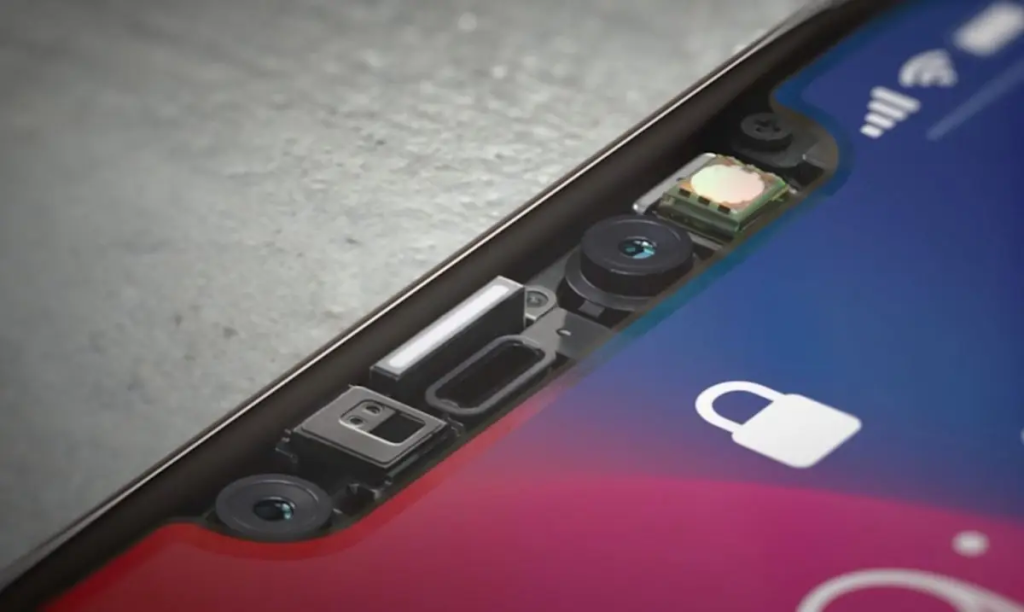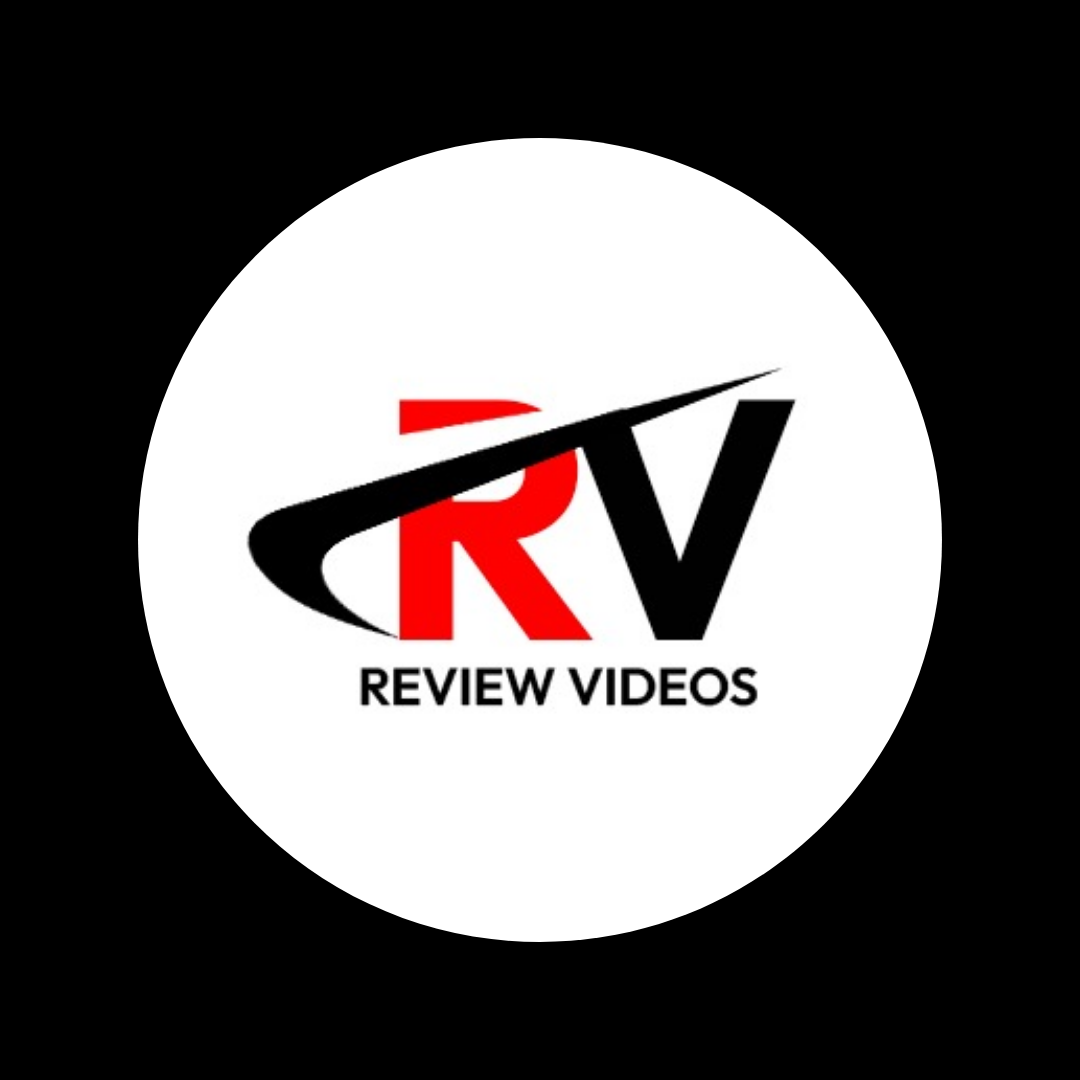
Apple top 2017 Rollercoaster: Triumphs and Tribulations Unveiled
Apple had one of its best years ever in 2017. And one of its worst.
Describing a year as a “mixed bag” may sound cliché, but it perfectly captures the ups and downs that defined Apple’s top journey in 2017. The company witnessed stellar product launches, arguably some of its best in years, coupled with impressive sales growth. Never before has Apple reached such a wide audience with its diverse product lineup, leaving an indelible mark on the consumer technology landscape.
However, these positive highlights are overshadowed by a series of setbacks, delays, and moments of stagnation. It raises the question of whether Apple, in its rapid expansion, might be stretching itself too thin. One would expect the world’s most valuable company to uphold quality standards even as it broadens its influence.
Let’s delve into the highs and lows of Apple top 2017 – a year that showcased both remarkable achievements and regrettable missteps.
Catching up with hardware- Apple top 2017 Rollercoaster
Apple consistently produces high-quality hardware with exceptional craftsmanship. However, Android enthusiasts have long coveted certain appealing features. In the past year, Apple addressed these desires by introducing wireless charging, a remarkably sleek “bezel-less” design, fast charging through USB Power Delivery, and arguably the world’s finest OLED display in a mobile device.

We could argue about other features like removable storage, but for the most part, the iPhone line is no longer feels like it’s missing significant features relative to top-tier Android phones.

Apple excelled in various aspects. The Apple TV 4K stands out as a top-tier streaming box supporting 4K and HDR. Notably, Apple adopted a consumer-friendly approach, maintaining the same cost for iTunes movie purchases and rentals in 4K as the HD versions. Moreover, they automatically upgraded existing HD movies in your library to the 4K version, where available.
In the realm of smartwatches, Apple Watch stands out from the rest. Despite its dominance, enthusiasts often cast glances at Galaxy Gear watches with LTE, hoping Apple would take note. With the introduction of the Apple Watch Series 3, those wishes were granted. This latest model seamlessly incorporates LTE support and a speedier processor into its familiar form factor. Examining the overall package—speed, software backing, interface, build quality, aesthetics, size, comfort, and battery life—it’s evident that the Apple top Watch Series 3 outpaces the entire smartwatch market by a wide margin.
Leading the way
While much of Apple’s hardware efforts in 2017 could be viewed as catching up to features present in top competitors, we also saw industry-leading innovations.
Consider Augmented Reality (AR). In iOS 11, Apple’s ARKit stands out as a leader, surpassing the competition. The developer tools demonstrate remarkable maturity, accuracy, and robustness, sparking a surge in AR app development. Unlike Google’s Project Tango, which struggled to gain traction, ARKit apps seamlessly function on any iPhone or iPad sold in recent years—reaching hundreds of millions of devices. Google attempted to bridge the gap with ARCore, but its reach and scale are limited, appearing as a clear response to Apple’s ARKit.

Apple’s iPhone X showcases the company’s commitment to advancing the industry, with Face ID being a standout example. The TrueDepth camera surpasses the capabilities of front-facing sensors found in other phones. While facial recognition was not a novel concept in smartphones, Apple distinguished itself by delivering unmatched speed, reliability, and security.
Face ID has successfully replaced fingerprint authentication, even for transactions. Despite initial controversy surrounding the removal of Touch ID, time has demonstrated its success. Expect to see other manufacturers emulate Face ID and additional TrueDepth features like Animoji in the coming years.
Falling behind
Despite Apple’s significant advancements, certain core products appear to be lagging behind.
Siri stands out as a critical area where Apple top is trailing its competitors. While iOS 11 brought only marginal improvements, Amazon’s Alexa and Google Assistant operate on a different level. Siri struggles to comprehend speech effectively, yields less desirable results, lacks reliability, and has a limited feature set compared to Alexa and Assistant. To catch up, Siri must make substantial strides across all fronts, while Apple’s rivals, Google and Amazon, relentlessly push forward. Apple should not settle for second-best, let alone a distant third, in this crucial domain.
Similarly, Apple’s Photos app exhibits shortcomings compared to Google’s top-tier offering. Google provides free unlimited photo and video storage with the purchase of its phones, a significant advantage easily replicable by Apple. Google Photos excels in quickly and accurately identifying people in photo libraries, even including pets. Its AI-powered search functions are far more advanced than Apple’s.
Although Apple has not always adopted the latest processor releases as swiftly as the Windows ecosystem, the MacBook Pro’s use of a dual-core CPU seems outdated. With quad-core 8th Generation Core i7 processors prevalent in the Windows laptop scene, there is little excuse for the MacBook Pro’s lag. It’s not a monumental platform overhaul, as these processors are nearly drop-in replacements. While there’s a laundry list of substantial changes desired in the MacBook line, Apple should, at the very least, keep the processors current, especially considering the significant performance benefits offered by the new models.
iOS 11’s big leap forward
iOS 11 marks a substantial update, representing the most ambitious overhaul in years. This update introduces a plethora of new technologies under the hood and brings about significant design changes.
The “new” elements are abundant, ranging from a revamped setup experience to a redesigned control center and app store. Developers have gained access to exciting tools like ARKit, while users can explore new photo and video formats (HEIF/HEVC), enhancements to Siri, and indoor Maps. The list of updates is extensive, reflecting a comprehensive transformation in the iOS experience.

iOS 11 brings significant enhancements, particularly for iPad users. The introduction of a new Dock, multitasking improvements, drag-and-drop support, and the innovative QuickType keyboard feature empower iPads to handle substantial work.
Despite its major strides, some key features of iOS 11 were not included in the initial release. Apple Pay Cash was just introduced in iOS 11.2, and the awaited Messages in iCloud is still pending. Nevertheless, in terms of features, iOS 11 represents a substantial improvement, getting many things right. Except…
Software bugs abound
iOS 11 has encountered persistent issues, and Apple top is grappling with resolving them. Each iOS release triggers complaints about iPhones slowing down, though some are perceived rather than real. In the case of iOS 11, genuine bugs led to significant battery life problems for a substantial number of users.
The challenges with iOS 11 persist. A prompt 11.0.1 update addressed an issue with Exchange email servers, while 11.0.2 resolved crackling sounds reported by some iPhone 8 and 8 Plus owners. Additionally, there was a haptic feedback problem on certain iPhones, fixed in 11.0.3.
The 11.1 release brought in numerous new emojis but introduced a glaring bug: typing a capital “I” resulted in an autocorrection to a capital “A” followed by an unreadable Unicode symbol. The struggle to iron out these issues continues.

In 2017, iPhone X users encountered touchscreen issues in cold weather, addressed in the 11.1.2 update alongside a Live Photos bug. Apple urgently released iOS 11.2 over a weekend to fix a glitch causing iPhones to reboot daily from 12:15 am on December 2 due to notifications.
Ending the year on a less positive note, Apple top confirmed a long-suspected issue: iOS’s power management slowing down performance on iPhones with aging batteries. While technically reasonable for preserving battery life, Apple’s handling of this feature led to class-action lawsuits, expected to be settled next year.
These incidents contradicted Apple’s “it just works” marketing, highlighting unexpected bugs. macOS faced its own challenge with a significant Root Bug, swiftly addressed by Apple. However, subsequent issues with file sharing and reintroduction of the bug in the 10.13.1 upgrade questioned macOS High Sierra’s focus on reliability over new features.
Software troubles persisted for Apple top in 2017. Despite notable improvements, iOS 11 faced reliability issues, and some features were delayed. Even seemingly straightforward releases, like iTunes 12.7 dropping iOS app support, caused user headaches. While a necessary step in streamlining iTunes, the transition could have been smoother to avoid surprising users.
Delays, delays, and more delays

As much as Apple has done this year, it was supposed to do more. Delays are a normal part of tech, but this is rarely true of Apple; the company develops in secret, only announcing something when it is sure it is going to release when promised.
But we’re still waiting on Messages in iCloud. We had to wait months for Apple Pay Cash.
Thanks to manufacturing difficulties, the iPhone X had to launch six weeks after the iPhone 8 and 8 Plus, and was set to be in very limited supply for many weeks thereafter. Apple and its partners have done a great job fixing supply issues and improving availability, but it’s a delay that shouldn’t have happened.
HomePod lags behind its competitors in the home speaker market by a year or two and is set to miss the entirety of 2017. This absence during the holiday season is expected to impact sales significantly. With Alexa and Google Home gaining popularity, consumers are hesitant to invest in another smart speaker, especially one priced at $349.
In certain instances, Apple barely met its year-end promises. Amazon Prime Video finally arrived on Apple TV in December, six months after its announcement. Additionally, the iMac Pro started shipping just weeks before the close of 2017, with the larger 14- and 18-core configurations not yet available for purchase.
Here’s to a smoother 2018
Apple faces immense expectations, with constant anticipation for groundbreaking products akin to the iPhone or iPad. The absence of an Apple Car, AR Glasses, or a streaming TV service in a given year often sparks discussions about Apple losing its innovative edge.
Yet, beyond disrupting industries, Apple’s core pledge lies in complete vertical integration and unwavering attention to detail. This commitment aims to ensure Apple products stand out for their reliability, performance, and security compared to competitors.
In 2017, Apple top introduced several exciting hardware and software updates. However, the year also saw a slew of regrettable bugs and product delays, raising concerns about Apple’s ability to meet the high standards we’ve come to expect. As we look ahead to 2018, the primary hope is for Apple top to prioritize and enhance product quality.
A standout expectation for the coming year is the anticipation of a new Mac Pro.







